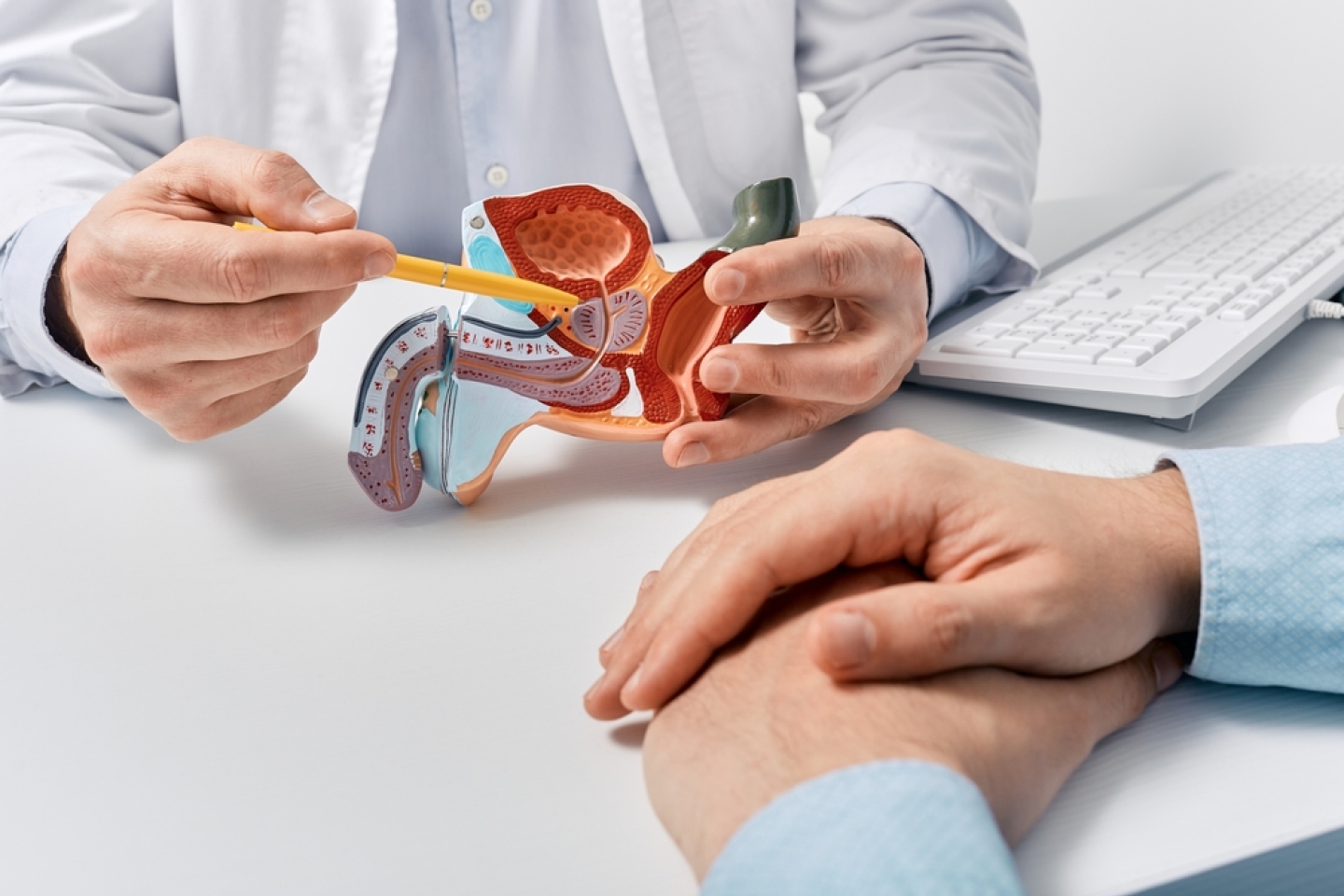
During Urology Awareness Month in September, the Department of Urology hosted a series of webinars for our patient community.
The first webinar in the series, titled “What You Should Know About Urologic Cancers,” featured Dr. Juan Garisto, a leading specialist in urologic oncology and robotic surgery, Director of Urologic Oncology at NYP Brooklyn Methodist Hospital and Assistant Professor of Clinical Urology at Weill Cornell Medicine.
In the webinar, Dr. Garisto focused mainly on cancers of the prostate, kidney, bladder and testicle.
Prostate cancer is the number-one type of cancer among men. One in eight men will develop prostate cancer at some point in their lifetime.
Causes of kidney cancer include genetics, smoking, a family history of high blood pressure, obesity, being on dialysis and workplace exposure to certain chemicals.
In the early stage of the disease, there are no symptoms. But later, patients may experience blood in the urine, pain between the ribs and hips, low back pain on one side, loss of appetite, weight loss, fever or anemia.
The goal of treatment is to preserve as much of the kidney and its function, as possible. However, patients with advanced kidney cancer may need to have the affected kidney surgically removed.
Blood in the urine is seen in 95 percent of bladder cancer patients. Some may also experience pain in the lower abdomen or pain when passing urine.
Patients with non-muscle invasive bladder cancer usually undergo removal of the tumor. Those with muscle invasive cancer may need to have their bladder surgically removed and replaced by an external pouch or a “neobladder”—a surgical procedure to create a new bladder. Other options include trimodal therapy, defined as endoscopic resection of the tumor followed by concurrent radiation and chemotherapy.
Testicular cancer accounts for just 5 percent of all new cancers. It is also 95 percent curable.